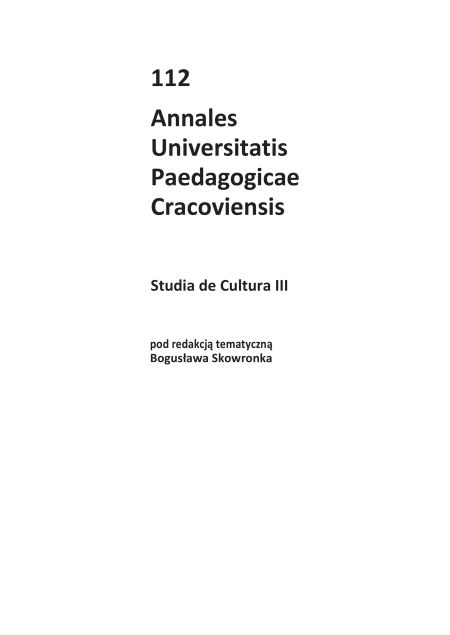Abstract
Photocast - diaporama’s renaissance in the information society
A photocast is a multimedia presentation, several minutes long, of a topical collection of photographs, sometimes complemented with video sequences. Unlike a traditional slideshow consisting of an image and the accompanying music, it contains narrative elements: commentaries, voices of people appearing in the photo, explanatory texts, etc., and the sound does not just form the background but constitutes a whole with the image. Images need not be statically displayed, zoom in/out and sweep effects are often used. The idea of such a show is not new: slideshows from several projectors synchronised with appropriately selected music and text were organised as early as in 1960s. However, it is the technological development of the recent years that has made it possible to create a uniform, easy-to-replay material (one photocast = one digital file). This evolution in the technical capability of making slideshows is also accompanied by the evolution of their place and role. It has become possible not only to show them in projection rooms, but also to publish them on the Internet or send them via mobile phones. Apart from their traditional presence in the art world (slideshows are still organised, it is only their form that changes and becomes enhanced), such shows can become the future of pictorial stories or even news reports: some papers already publish photocasts on their websites to illustrate events described in the printed version and to complement them. A growing interest in this method of communicating personal observations of the world can also be seen among amateur photographers. The trend to include functions for recording video footage in cameras produced today - both compact ones and professional SLR cameras - coupled with the availability of software for editing movies contributes to the spread of photocasts. It is the author’s belief that photocasts can also become an interesting communication tool in teaching.
References
Łyczywek K., Diaporama, Warszawa 1989
View in Google Scholar
http://www.fotoklub.zamek.szczecin.pl
View in Google Scholar
http://www.swiatobrazu.pl czy_fotokasty_to_przyszlosc_dla_fotoreportazu.html
View in Google Scholar
http://wiadomosci.onet.pl/media/fotokasty-fotoreportaze-przyszlosci,1,3509218,wiadomosc.html
View in Google Scholar
http://newsreportaz.newsweek.pl
View in Google Scholar
http://www.bzwbkpressfoto.pl
View in Google Scholar
http://www.photomonth.com/index.php/pl/page15/fotokasty-%E2-przeglad.html
View in Google Scholar
http://www.newsweek.pl
View in Google Scholar
http://www.przekroj.pl/galerie.html
View in Google Scholar
http://wyborcza.pl/duzy_kadr/1,97904,8351662,Nie_czuje_bolu___fotokast.html
View in Google Scholar
http://www.mediastorm.com
View in Google Scholar
http://inmotion.magnumphotos.com/essays
View in Google Scholar

